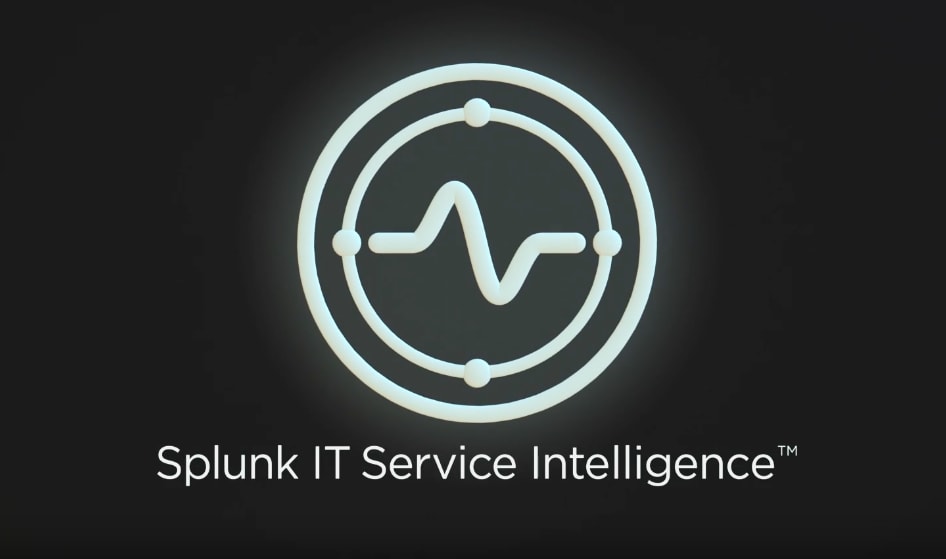3 Ways to Get Started With an AIOps Solution

 In our last blog post, we introduced artificial intelligence for IT operations (AIOps) and what it means for you. But knowing how to do that is a little bit different than doing. How can organizations begin to gain value from an AIOps solution?
In our last blog post, we introduced artificial intelligence for IT operations (AIOps) and what it means for you. But knowing how to do that is a little bit different than doing. How can organizations begin to gain value from an AIOps solution?
A key aspect of gaining value from AIOps is data. Having a platform that can support the variety of data types and provide analytics is key to getting started.
1. Focus on ingesting data first.
Rome wasn’t built in a day, and an effective AI deployment is no different. Enabling AIOps requires access to all types of data: unstructured machine data and metrics, as well as relational data for enrichment. These different data types allow you to construct a holistic perspective across all silos and take actions meaningful to the situation and data type.
Ingesting and analyzing all of the data effectively and quickly can be daunting. Instead start with accessing and analyzing raw historical machine and metric data to establish a base understanding, and use clustering algorithms and analytics to identify trends and patterns. Raw data is the best type of data if you truly want real-time detection. Then you can begin to analyze streaming data to see how it fits those patterns, and apply AI powered by machine learning to introduce automation and eventually predictive analytics.
2. Ingest and analyze as many data types as you can.
As the saying goes, history repeats itself. Therefore it’s critical to gain insight into past states of your systems and correlate the past learnings with the present, so you can proactively fix errors, prevent downtime and optimize efficiency.
To achieve this, organizations must ingest and provide access to a vast range of historical and streaming data types. The data type that you select—be it log, metric, text, wire or social media data—depends on the problem you’re solving. For example, you can use metric data from your infrastructure to monitor capacity, or application logs to ensure that you are providing an outstanding experience to your customers.
Many AIOps platforms have historically only focused on a single data source. Restriction to a single data type limits your insights into system behavior—regardless of whether those insights come from an IT admin or an algorithm. Hence, enterprises should select those platforms that are capable of ingesting and analyzing data from multiple sources.
3. Resist the temptation to do it all at once.
Applying AI in IT operations isn’t easy. Your strategy first and foremost should be focused around finding the root cause of your highest priority problem. Then, once you’ve conquered this and found the root cause of your problem, you can progress to monitoring data. Only after this has been accomplished should AI be approached. Even then, take it step-by-step:
- Start with implementing an AIOps platform that gives you an effective foundation in organizing large volumes of data that make it easy to take action and monitoring capabilities that reveal patterns.
- Next, explore the degree to which those patterns enable you to to predict incidents and have a more proactive IT that allows you to decrease not only your MTTR but also the number of business impacting incidents you face.
- Finally, work with machine learning-powered root-cause analysis to get to a predictive state where you can determine the incident and its impact before it even affects your key business services and customer experience.
Want to learn more about AIOps? Learn more about how you can use the Splunk platform for AIOps to automate your insights and fix problems faster. To learn more about Gartner’s recommendations, check out the Gartner Market Guide for AIOps Platforms.
----------------------------------------------------
Thanks!
Rick Fitz
Related Articles
About Splunk
The Splunk platform removes the barriers between data and action, empowering observability, IT and security teams to ensure their organizations are secure, resilient and innovative.
Founded in 2003, Splunk is a global company — with over 7,500 employees, Splunkers have received over 1,020 patents to date and availability in 21 regions around the world — and offers an open, extensible data platform that supports shared data across any environment so that all teams in an organization can get end-to-end visibility, with context, for every interaction and business process. Build a strong data foundation with Splunk.




